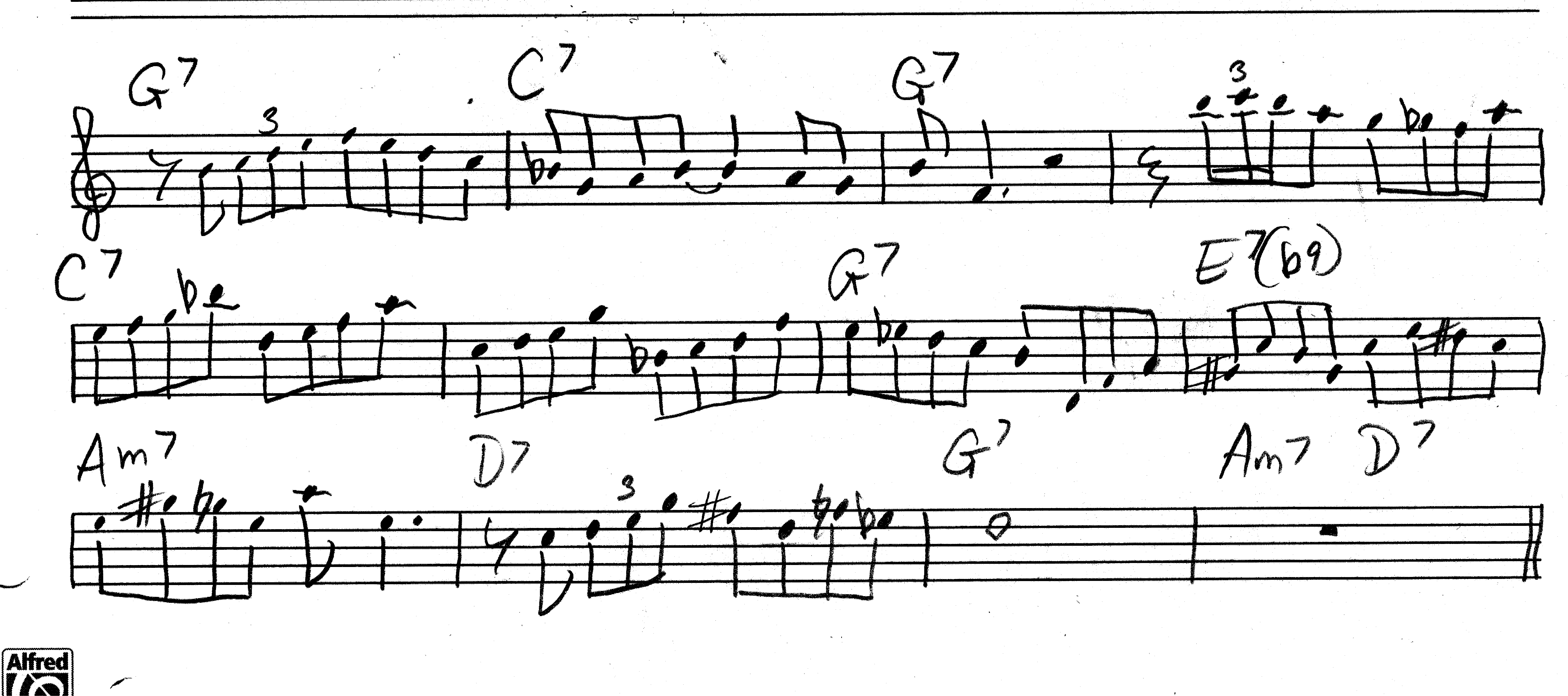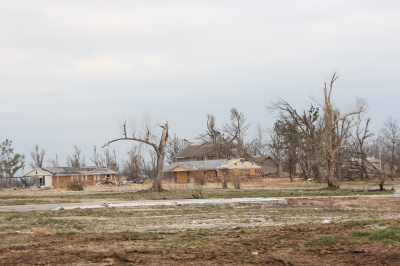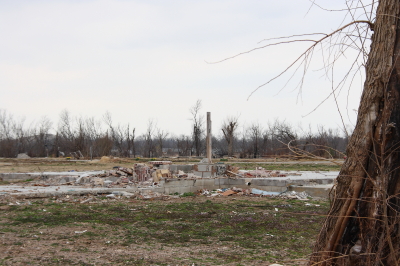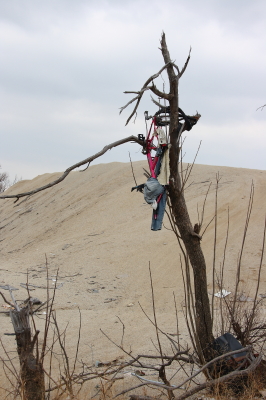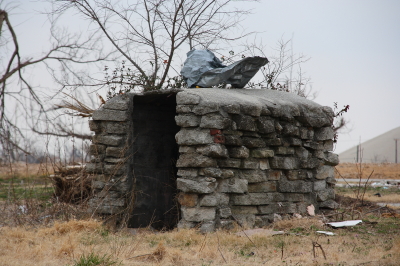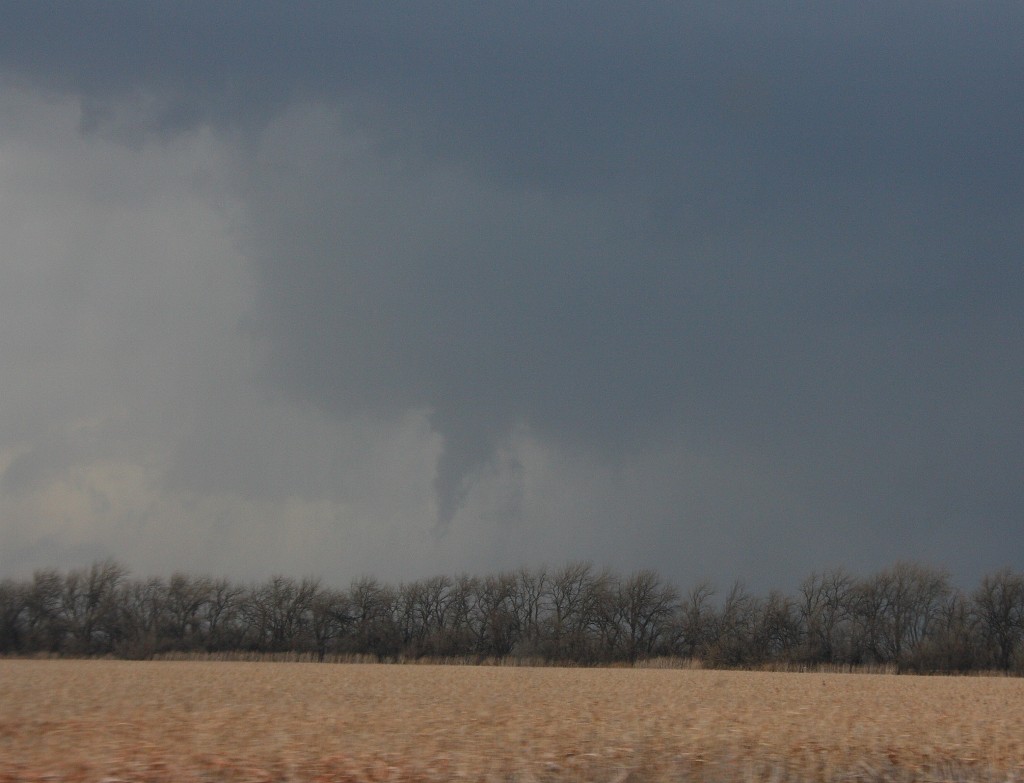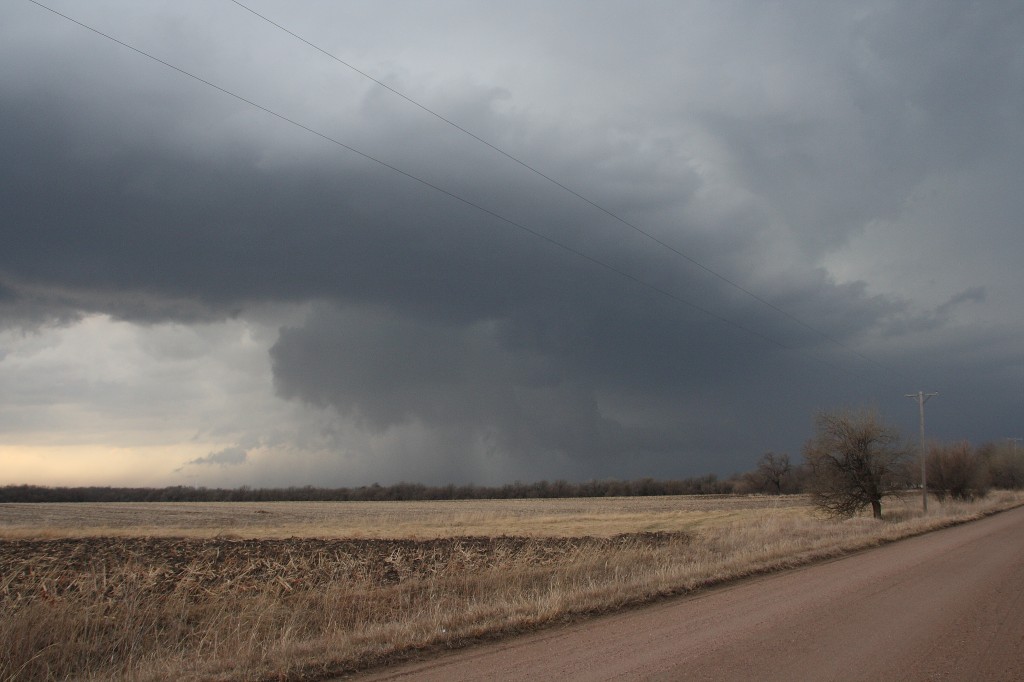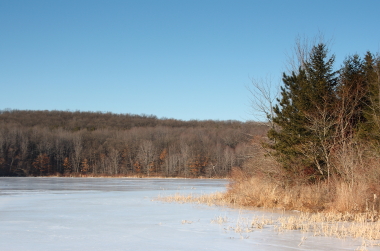Bill called to say that he and the crew just saw a wedge out there in western Oklahoma. The LSR gives the town of Crawford, near the Texas panhandle border, as the location.
Good for the lads–and the lass, as I understand there’s a new female member of the crew. As for me, sitting here in my La-Z-Boy sofa, nursing a chest cold and watching the radar, naturally I feel like shooting myself through the head. A wedge on a PDS day–and the show is just getting started. And I’m not there! AAAAAHHHHHH!!!!!!!
If there’s any consolation, it’s knowing that I’ve been able to make myself useful doing a little nowcasting. And it sounds like the team got some cool footage. Can’t wait to see it.
Mostly, though, I can’t wait to kick whatever is causing this blasted chest congestion and get out to take some video of my own. Tornado season 2009 is underway!
Shifting gears, last night’s gig at One Trick Pony with Francesca and Friends was a blast, even if I was feeling under the weather. Wright McCargar and I had a discussion about the impact of musicians on each other’s playing. In my experience, one bad musician can drag a whole group of good musicians down; and, conversely, one great musician can kick good players up to the next level. There’s nothing like being with really good musicians, and Francesca and her rhythm section are exactly that.
Moving back to storm chasing, it’s time for me to publish this post and then check out the radar. The storms bumping off of the dryline look to be going tornadic, and I’m thinkin’ that my buddies will have their hands full for the next five or six hours. Sure wish I was with them. But GR2AE ought to keep me entertained; maybe I can capture a few radar grabs to correspond with the photos that I’m sure will be coming back from out west.



